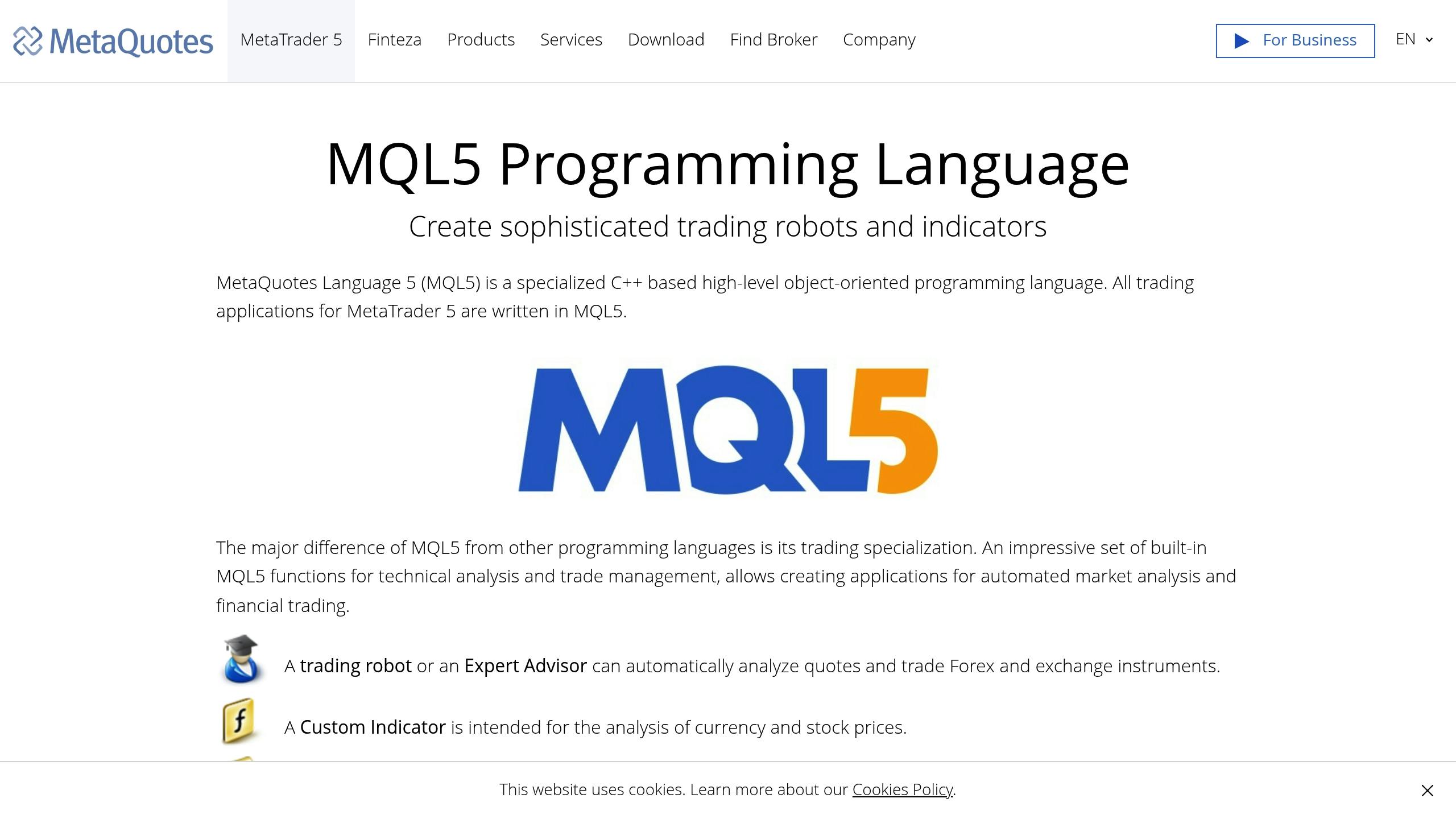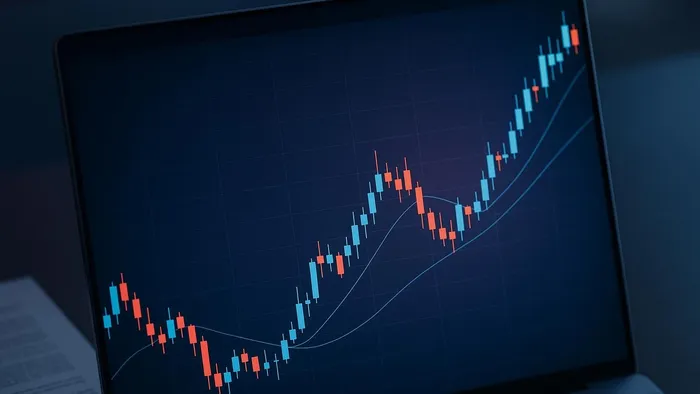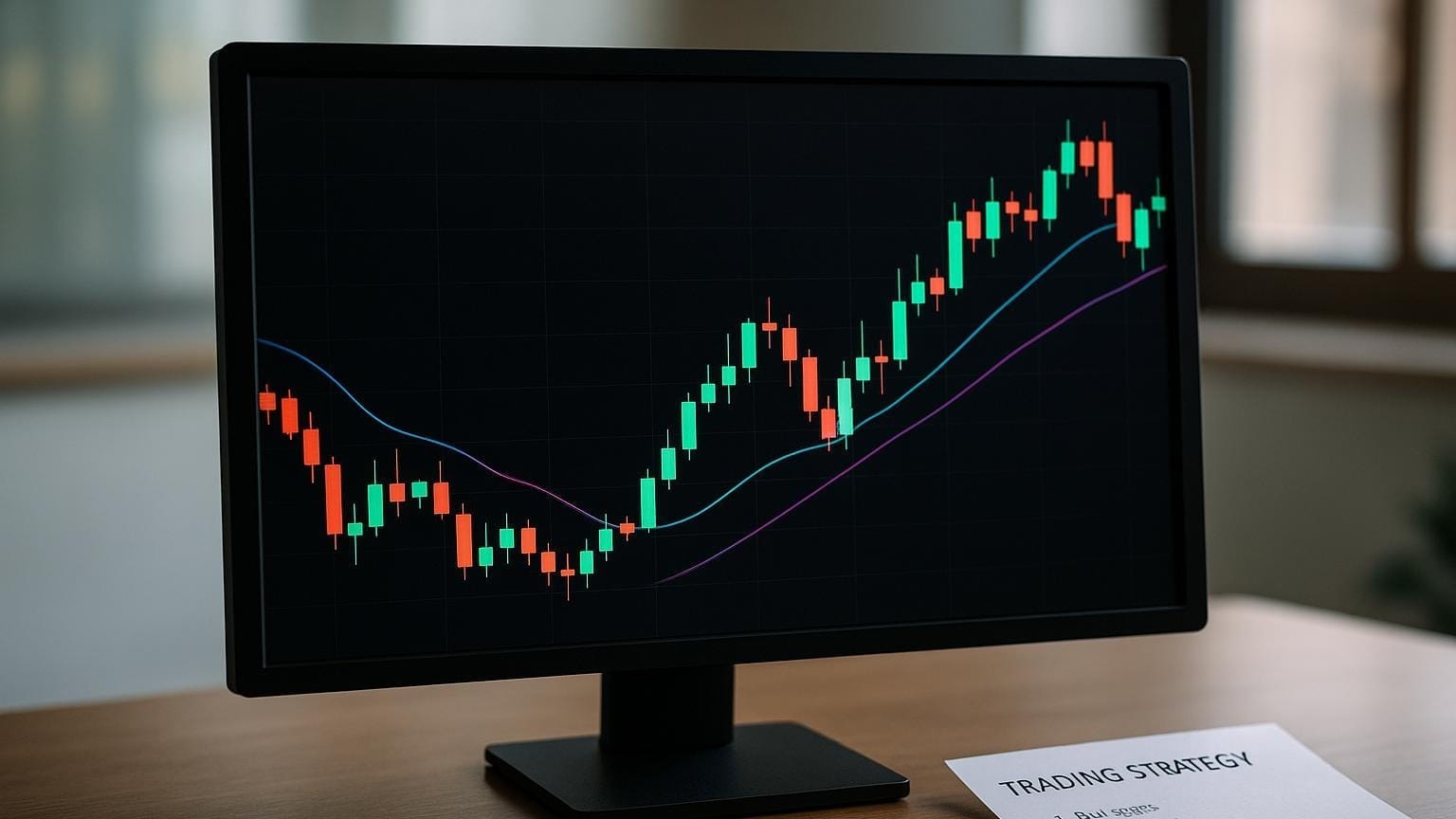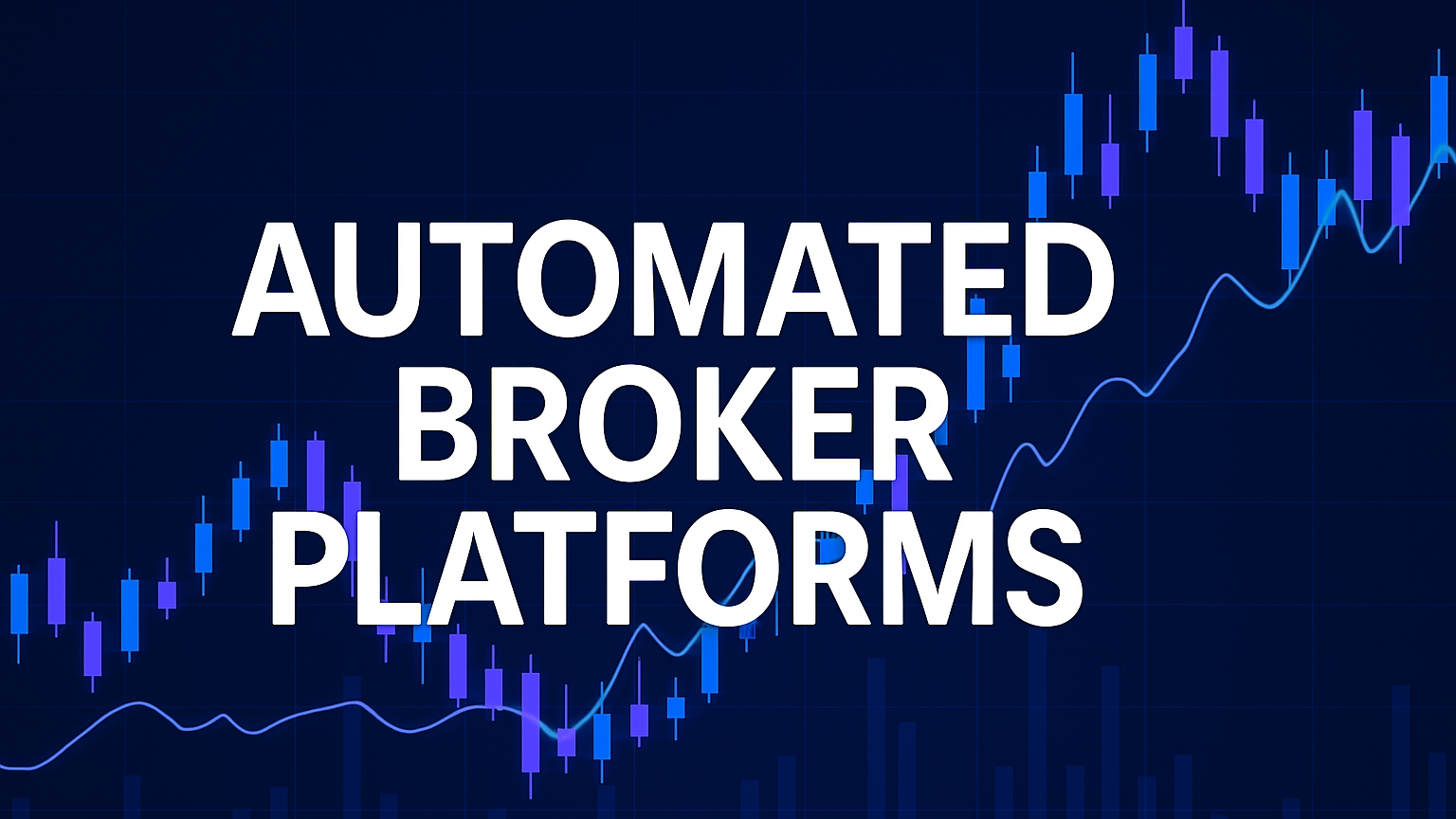Explore the seven essential metrics for backtesting trading strategies, balancing profitability, risk, and performance for informed trading decisions.
Backtesting is essential for testing trading strategies before risking real money. But not all metrics are equally useful. Here are 7 key metrics to focus on when analyzing backtesting results:
- Total and Annual Returns: Measures overall profitability and annualized performance. Compare these against benchmarks like the S&P 500’s average annual return (~9%).
- Sharpe Ratio: Evaluates risk-adjusted returns by comparing excess returns to volatility. A ratio above 2.0 is considered strong.
- Maximum Drawdown (MDD): Highlights the largest loss from peak to trough. Lower drawdowns (<15%) indicate better capital preservation.
- Profit Factor: Shows how much profit is made for every dollar lost. A value above 1.75 suggests strong performance.
- Win Rate: Percentage of profitable trades. Combine with risk-reward ratios for a full picture.
- Calmar Ratio: Compares annual returns to MDD, emphasizing downside risk. Ratios above 2.0 indicate a good balance of risk and reward.
- Sortino Ratio: Focuses on downside volatility, ignoring positive fluctuations. Ratios above 2.0 are preferred for better risk-adjusted returns.
Quick Comparison
| Metric | Key Insight | Good Benchmark |
|---|---|---|
| Total/Annual Returns | Overall profitability | Outperform market (~9%) |
| Sharpe Ratio | Risk-adjusted returns | >2.0 |
| Max Drawdown (MDD) | Largest loss | <15% |
| Profit Factor | Profit per dollar lost | >1.75 |
| Win Rate | Trade success rate | 50–70% (with good R:R) |
| Calmar Ratio | Returns vs. drawdown | >2.0 |
| Sortino Ratio | Downside risk-adjusted returns | >2.0 |
Each metric plays a unique role in assessing strategy performance. Together, they help balance profitability, risk, and consistency.
5.1) Measuring Trading Strategy Performance in Backtesting | MQL Coding Tutorial | MT5

Key Considerations for Backtesting Metrics
When selecting metrics for backtesting, aim for a balance between profitability, risk management, and consistency that aligns with your trading objectives. It’s also important to understand how these metrics interact, as they provide insights into both profit potential and associated risks.
For instance, strategies that generate substantial gains but come with high volatility or significant drawdowns are often less viable. This is why evaluating both profitability and risk is essential to ensure your trading strategies match your financial goals and risk tolerance [4]. If you need help tightening stops without sacrificing upside, LuxAlgo’s S&O TP/SL guide is a great starting point.
A profit factor over 1.5 typically signals profitability, while a value above 2.0 suggests strong performance—especially when paired with risk metrics like maximum drawdown and the Sharpe ratio. Don’t overlook transaction costs, as even small fees can cut into net returns. Together, these metrics help you tailor strategies to fit different risk profiles.
Your risk tolerance plays a key role in how you interpret these metrics. Conservative traders might favour strategies with drawdowns below 15%, even if it means accepting lower returns. Conversely, aggressive traders may tolerate drawdowns between 25–40% in pursuit of higher profits.
| Maximum Drawdown | Risk Level | What It Means |
|---|---|---|
| Below 15% | Conservative | Suitable for traders seeking lower risk |
| 15–25% | Moderate | Often acceptable for most traders |
| 25–40% | Aggressive | Requires higher risk tolerance |
| Above 40% | High Risk | Challenging to sustain over time |
Consistency is just as important as performance. Testing strategies under various market conditions can help identify biases and ensure your results are reliable [7].
Backtesting is an iterative process, requiring ongoing adjustments based on metric analysis. For example, if a strategy shows high net profits but also a large maximum drawdown, it’s a sign to tweak parameters. This could involve refining stop-loss settings to limit losses without sacrificing profitability [6].
Always use separate data sets for building and testing strategies to avoid biases. This ensures your metrics reflect actual performance rather than results skewed by curve-fitting, providing a clearer perspective for making informed decisions [5].
1. Total and Annual Returns
Relevance to Evaluating Backtesting Performance
Total return represents the overall profit or loss achieved over a specific period, while the annualized return (CAGR) adjusts that performance to a yearly scale, making it easier to compare across strategies [3]. For example, a 15% gain over six months will annualize differently than a 20% gain over a full year.
Insight into Profitability and Risk Management
According to Global Investment Performance Standards, at least 365 days of performance data is required before annualizing returns, as short-term results can be deceptive [8]. By comparing annualized returns against the market’s average ~9% [9], you can determine if a strategy justifies its complexity.
To get a clearer picture of both performance and risk, analyze total and annual returns alongside other metrics like maximum drawdown and the Sharpe ratio [1].
2. Sharpe Ratio
Relevance to Evaluating Backtesting Performance
The Sharpe Ratio compares a strategy’s excess return with its volatility [11]. Quantitative hedge funds often dismiss strategies with Sharpe ratios below 2.0 [10].
Ability to Measure Risk-Adjusted Returns
For example, as of September 28 2024, the S&P 500 portfolio had a Sharpe Ratio of 2.91 [11].
| Sharpe Ratio | Meaning |
|---|---|
| Negative | Poor performance (below risk-free rate) |
| <1.0 | Sub-optimal |
| 1.0–2.0 | Good |
| 2.0–3.0 | Very good |
| >3.0 | Outstanding |
Insight into Profitability and Risk Management
Nick Theodorakos, Managing Director of Financial Risk Management at Charles Schwab, notes: “The Sharpe ratio is a useful tool for investors who want to balance risk and return” [13].
3. Maximum Drawdown
Relevance to Evaluating Backtesting Performance
Maximum Drawdown (MDD) measures the largest peak-to-trough decline [16]. Experienced traders know significant drawdowns can force a halt in trading activities [18].
Insight into Profitability and Risk Management
The worst-case scenario is an MDD of -100%, meaning the investment becomes worthless [14]. Strategies with lower MDDs are generally preferred [15].
4. Profit Factor
Relevance to Evaluating Backtesting Performance
Profit Factor compares gross profits to gross losses. For instance, $10 000 profit vs. $5 000 loss yields a Profit Factor of 2.0.
Insight into Profitability and Risk Management
Strong Profit Factors range from 1.75–4.0. Values above 4 may signal over-optimisation. To improve PF, maximise gains while minimising losses.
5. Win Rate
Relevance to Evaluating Backtesting Performance
The win rate is the percentage of profitable trades. Different approaches produce different rates:
- Mean-reversion: 60–80%
- Trend-following: 30–50%
- Swing trading: 40–60%
| Strategy Type | Typical Win Rate |
|---|---|
| Trend Following | 30–50% |
| Mean Reversion | 60–80% |
| Swing Trading | 40–60% |
Insight into Profitability and Risk Management
“Low win rate increases the chances of behavioural mistakes… At the end of the day, you want high win rate strategies.” – Oddmund Grøtte [20].
To enhance win rate:
- Refine with thorough backtesting.
- Aim for risk-reward of at least 1:2.
- Use stop-loss and take-profit orders.
- Diversify assets and timeframes.
6. Calmar Ratio
Relevance to Evaluating Backtesting Performance
The Calmar Ratio divides annualised return by maximum drawdown, focusing on downside risk [21].
| Calmar Ratio | Interpretation |
|---|---|
| >3.0 | Excellent |
| 2.0–3.0 | Strong |
| 1.0–2.0 | Moderate |
| <1.0 | Weak |
Insight into Profitability and Risk Management
Monitoring the Calmar Ratio over time helps identify when a strategy may need adjustments [22].
7. Sortino Ratio
Relevance to Evaluating Backtesting Performance
The Sortino Ratio focuses solely on downside deviation [26].
Ability to Measure Risk-Adjusted Returns
| Sortino Ratio | Performance |
|---|---|
| >3.0 | Excellent |
| 2.0–3.0 | Very good |
| 1.0–2.0 | Good |
| <1.0 | Poor |
Insight into Profitability and Risk Management
Although Fund X may show higher returns, Fund Z—with a better Sortino—provides more reward per unit of downside risk [24].
Using Advanced Backtesting Tools
Having access to exclusive backtesters on TradingView can completely change the way traders approach their strategies. Modern platforms turn raw data into actionable insights. LuxAlgo has hundreds of tools on TradingView, including backtesters, screeners, and its AI agent for creating trading strategies.
The flagship feature is the AI Backtesting Assistant. The April 2025 update expanded its strategy database and added walk-forward testing (LuxAlgo Blog).
Pair the AI Assistant with the Price Action Concepts (PAC), Signals & Overlays (S&O), and Oscillator Matrix (OSC) toolkits. Each toolkit has a dedicated backtester—see the PAC Backtester docs, S&O Backtester docs, and OSC Backtester docs.
Multi-timeframe testing ensures your strategy isn’t over-fitted to a single chart. For implementation details, explore the AI Backtesting Assistant documentation.
Conclusion
Using these seven metrics transforms backtesting from a simple exercise into a powerful tool that balances risk and reward. Each metric provides a distinct lens, and together they create a comprehensive assessment of your strategy’s live-trading potential.
As John Bogle noted, chasing the “perfect” strategy is a common trap. Instead, focus on realistic approaches. For example, a Sharpe Ratio above 0.75 is solid, but higher values demand disciplined risk management [2].
FAQs
What are the most important metrics to focus on when backtesting a trading strategy?
Zero in on Profit Factor, Maximum Drawdown, Win Rate, and the Sharpe Ratio—and ensure they align with your objectives and risk appetite.
Why should traders evaluate both the Sharpe Ratio and Maximum Drawdown when backtesting a strategy?
Combining these metrics balances profitability and risk: the Sharpe Ratio highlights risk-adjusted return, while MDD exposes worst-case capital loss.
How can LuxAlgo's advanced backtesting tools improve the accuracy of my trading strategies?
The AI Backtesting Assistant automates multi-timeframe analysis, walk-forward testing, and Monte Carlo simulations, helping traders make data-driven decisions.
References
- LuxAlgo Docs – Fetching Strategies
- LuxAlgo Docs – S&O TP/SL
- LuxAlgo Blog – Managing Trade Risk
- LuxAlgo Backtesters Overview
- LuxAlgo Blog – AI Backtesting Breakdown
- LuxAlgo Docs – PAC TP/SL
- LuxAlgo – AI Backtesting Assistant
- LuxAlgo Price Action Concepts
- LuxAlgo Signals & Overlays
- LuxAlgo Oscillator Matrix
- LuxAlgo Docs – S&O Backtester
- LuxAlgo Docs – OSC Backtester
- LuxAlgo Docs – PAC Backtester
- LuxAlgo Docs – AI Backtesting Intro
- LuxAlgo Blog – Falling Wedge Pattern
- UTRADE – Key Metrics
- GIPS Standards
- Investopedia – Annualised Return
- Investopedia – Backtesting Basics
- Elder Research – Backtesting Mistakes
- Medium – Importance of Backtesting
- ChartsWatcher – Backtesting Tips
- TradoMate – Interpret Results
- FeneFX – Importance of Backtesting
- Investopedia – Sharpe Ratio
- CFI – Sharpe Formula
- QuantStart – Sharpe Ratio
- Charles Schwab
- Schwab – Sharpe Calculation
- NumberAnalytics – MDD Guide
- Mudrex – Backtest Masterclass
- Investopedia – Maximum Drawdown
- ARK Innovation ETF
- Crystal Funds – Drawdown Risk
- LongsPeak – Drawdown & Calmar
- Medium – MDD Intro
- Amibroker
- Quantified Strategies – Win Rate
- Quantified Strategies – Calmar Ratio
- XS – Calmar Example
- LinkedIn – Optimising Calmar
- TopStep – Sortino Ratio
- TrendSpider – Advanced Metrics
- Quantified Strategies – Sortino
- Investopedia – Sortino Definition
- Quantified Strategies – Performance
- TradingView
- MetaQuotes – MQL5
- MetaTrader 5 Platform








